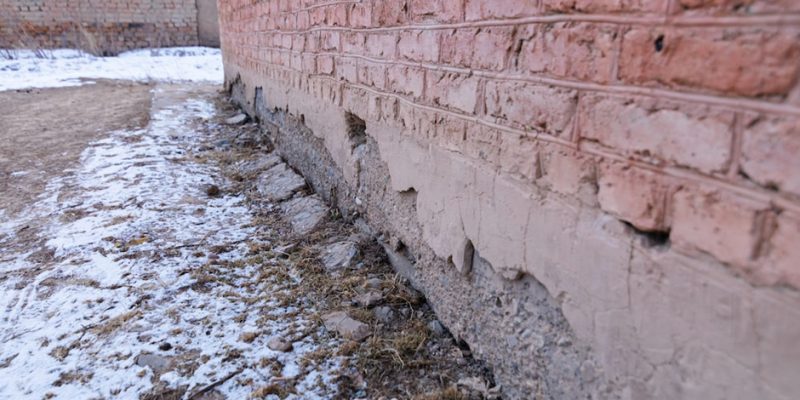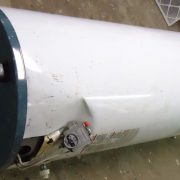Water damage is among the leading causes of losses affecting construction companies and property owners. Water damage usually results from melting snow water, plumbing leaks, or uncontrolled rainwater. Fortunately, water damage in construction sites is very preventable. Property owners and construction companies can avoid project delays and expensive repairs in many ways.
Sources of Water Damage in Construction Sites
Identifying the source of water damage in your construction site is key to prevention. Excessive water in construction sites occurs from internal and external sources. Broken or defective internal water sources, such as fire protection systems, drainage systems, plumbing systems, and mechanical systems, can cause serious damage. On the other hand, external water damage is caused by roof drains, rain flooding, and groundwater seepage. Some construction defects, such as cracks, gutter flashings, and poorly installed roofs, also cause water infiltration.
Preventing Water Damage Pre-construction
You should introduce water damage prevention methods right from the start. During the pre-construction phase, you should design a Quality Assurance program that outlines the necessary peer reviews of the plans to be done before the project execution. You should hire experts to evaluate the construction site to assess if it’s susceptible to water infiltration.
That aside, you should define stormwater management and disaster management necessities, such as submersible water pumps and other methods of evacuating flood water. The detailed risk assessment should rule out potential risks and sources of water damage, site vulnerability, safeguarding features, and mitigating factors.
Preventing Water Damage during Construction
Even if the construction site was cleared during the pre-construction stage, you should have a team on-site during the construction phase. The team should ensure that construction contractors follow the laid-out quality assurance plan. They should conduct regular reviews and make updates to suit changing requirements. Other preventive steps include:
- Monitoring arising problems and finding solutions
- Informing construction workers of the importance of quality standards
- Inspecting waterproofing systems
- Testing systems frequently and sorting arising problems immediately.
If possible, have a disaster management team on-site to handle any emergency. The team should be adequately trained and prepared to handle flooding and unexpected water issues.
Testing
While testing should be done regularly, an extensive test should be done after roof installation. Water tightness testing should be done by roof testing experts after the roof has been installed. If the roof checks out right, maintaining roof-free debris in the following constructions and installations is paramount. It is also important to watch for low areas that can form. Apart from water tightness testing, your fire protection systems should be hydrostatically tested according to NFPA 13 standards. Piping systems should also be air pressurized before being used.
Preventing Water Damage Post-Construction
Assessing the building post-construction is also important. Common issues that can cause water damage include:
- Unsecured building openings
- Water delivery and drainage system failure
- Building envelope system deficiencies
- Construction site drainage issues
- Foundation and structural element problems
Endnote
Water damage is among the top claims made to insurance companies by property owners. As such, you should protect your construction site from water damage, even with an insurance cover. While it costs very little to prevent flooding and water damage, project delays, property damage, and repairs caused by water damage are expensive.




















